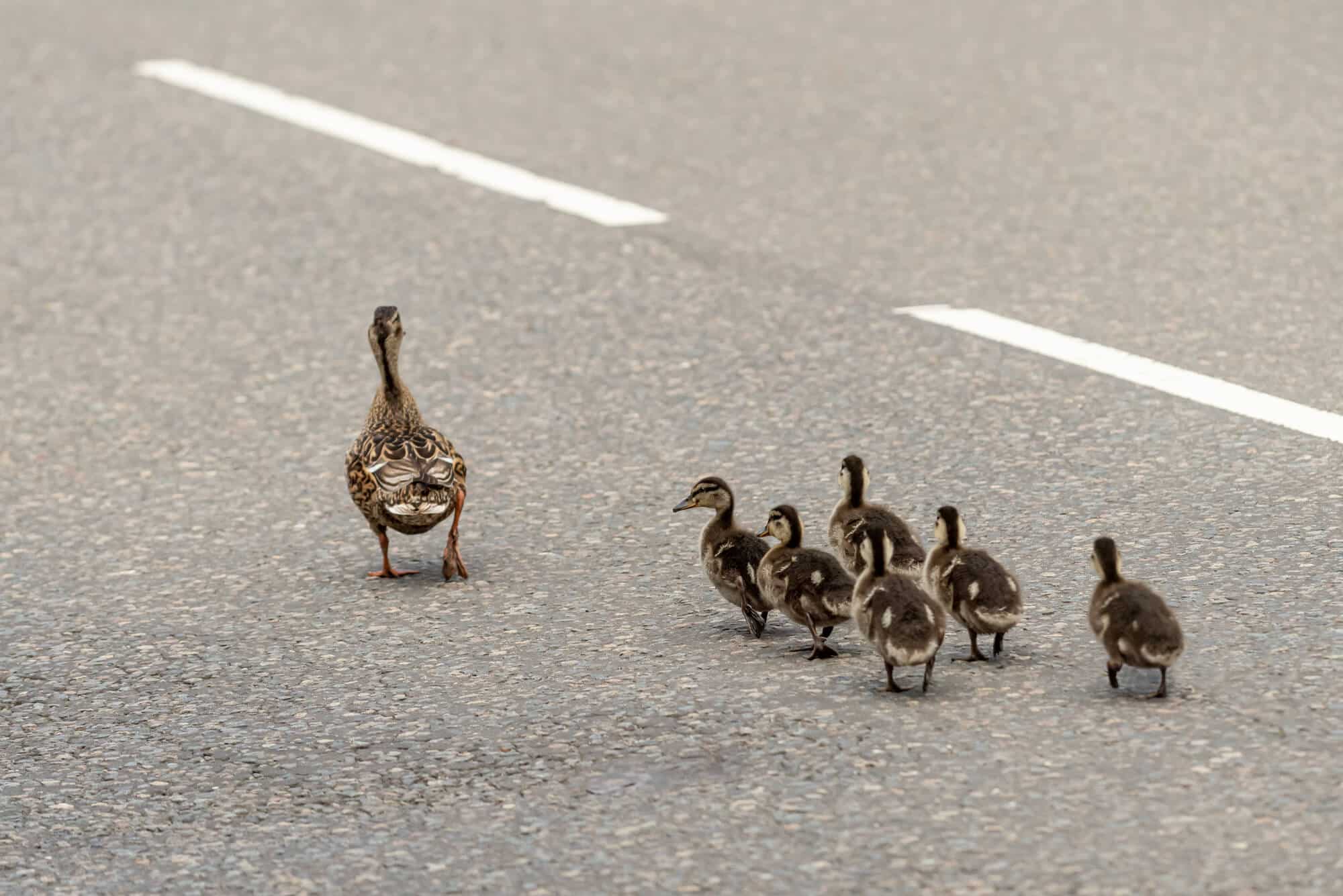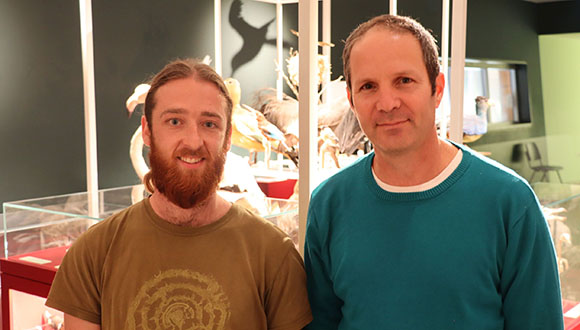Researchers have found changes in the body structure of birds, which are probably due to adaptation to global warming

The challenges with global warming and the climate crisis concern everyone who lives on Earth. The scientists are warning of radical changes that we will soon be unable to stop, the researchers are trying to prevent the evil of the decree, and harness the presidents and heads of state and the citizens of the world to immediate action, and we, for our part, switch to summer clothes and try to stick to the air conditioner. And how do the animals deal with all this climatic jungle? Researchers from Tel Aviv University found that the body structure of many bird species in Israel has changed in the last 70 years, in order to adapt to climate change. The body mass of the examined bird species decreased, or alternatively their body length increased, which leads to an increase in the ratio between surface area and body volume. The researchers estimate that this is a strategy aimed at easing the loss of heat to the environment. "On the one hand, it is about adapting to the changing climate. On the other hand, when the temperatures increase, this solution may not be enough", they warn.
Does size really matter?
The research was conducted under the leadership of Prof. Shai Meiri and the doctoral student Shahar Dubiner from the School of Zoology and the Steinhardt Museum of Nature at Tel Aviv University. The article was published in the journal Global Ecology and Biogeography.
According to Bergman's rule, formulated in the 19th century, an individual of a certain species that lives in a cold climate will be larger than an individual of the same species that lives in a warmer region. This is because small animals have a high ratio of surface area to volume, which allows them to lose more heat and gives them an advantage in hot areas, while a large body is characterized by a small ratio of surface area to volume, which is an advantage when it is necessary to prevent heat loss.
According to Prof. Meiri, according to this rule, the hypothesis arose in recent years that due to global warming a decrease in the size of animals was predicted, but with a certain reservation: it is possible that birds that accompany humans (for example house pigeons, house sparrows, and gray crows) will actually grow due to The large amount of food available to them, as seen for example in mammals such as jackals and wolves.
thin and long
The researchers examined the issue over the timeline and throughout the last 70 years in Israel. As part of the research, they relied on a large collection of birds collected in Israel since the establishment of the state, kept in the Steinhardt Museum of Nature at Tel Aviv University. About 8,000 adult individuals belonging to 106 species were included in the study, including migratory birds that pass through our territory (for example, the winter owl, white stork, and black grouse), birds that live regularly in the Israeli nature (such as the raven, the eagle owl, and the partridge), and birds that accompany humans that live in places Yishuv. They built a complex statistical model that included a large number of parameters, in order to examine changes in morphology: weight, wing length and body length of the various species during the period in question.
"Our findings showed a complex picture. All in all, we found clear changes in the body structure in most of the species we tested. These changes were divided into two types: some species became 'leaner', meaning that their mass decreased while their body length did not change. In the second group of species, the body length increased, but the mass did not change. Almost no overlap was found between the two groups, meaning that almost no species were found that thinned and lengthened at the same time. Wing lengths, on the other hand, remained more or less constant in all species. We estimate that these are two different strategies to deal with the increase in temperature, by increasing the ratio between the surface area and the volume of the body (in other words: increasing the numerator or decreasing the denominator). In 52% of the species we saw an increase in this ratio (which aids in the loss of heat from the body to the environment), while the opposite phenomenon was not observed in any of the species examined," explains Shahar Dubiner.

What is the limit of evolutionary flexibility?
These findings were observed all over the country, regardless of the diet, as well as in local birds that live in the wild and species that accompany humans, which, contrary to expectations, were not found to have changed in a different way from other species; and in both sedentary and migratory species. However, a difference was found between the strategies adopted by different species: the body length of migratory species changed more than that of stable species, but the body mass of stable ones tended to change more than that of migrants.
"The very fact that the changes were observed in migrating birds, which come to us from Asia, Europe and Africa, suggests that this is a worldwide phenomenon," says Shahar. The researchers also found that climate changes over time have a 10 times greater effect on the morphological change in birds, compared to temperature differences between different geographical areas, even when it comes to the same species and the same temperature difference.
"According to our findings, global warming causes rapid and clear changes in the morphology of poultry. But what are the consequences of this change? Is this a worrying phenomenon? Is this a problem, or rather a positive phenomenon that indicates that the birds manage to adapt to the dramatic change? It is very possible that this is not an evolutionary adaptation but also, or mainly, a certain flexibility that the birds show. We fear that there is a limit to the flexibility and the evolutionary potential in such a short period of time, therefore as the warming continues and intensifies, the ability of the birds to cope and find solutions will decrease", concludes Shahar.
